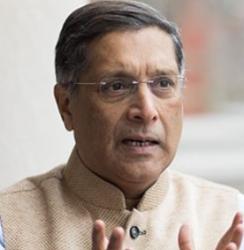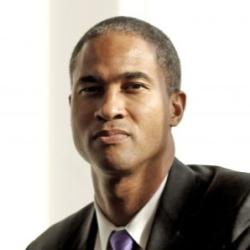

Research
BPEA | Spring 2007


Spring 2007
IN ONE OF HIS most memorable and widely quoted passages, John Maynard
Keynes extolled the virtues not only of trade integration but also of financial
integration when he wrote, in 1920, of the fabled Englishman who could
“adventure his wealth in . . . new enterprises of any quarter of the world,
and share, without exertion or even trouble, in their prospective fruits and
advantages.”1 Consistency was, of course, not a Keynesian virtue, and in
1933, in one of his less quoted passages, Keynes’s musings on globalization
turned more melancholy, even skeptical: “I sympathize with those who
would minimize, rather than with those who would maximize, economic
entanglement among nations. Ideas, knowledge, science, hospitality,
travel—these are the things which should of their nature be international.
But let goods be homespun whenever it is reasonably and conveniently possible.
. . .” He reserved his deepest skepticism for financial globalization,
warning, “and, above all, let finance be primarily national.”